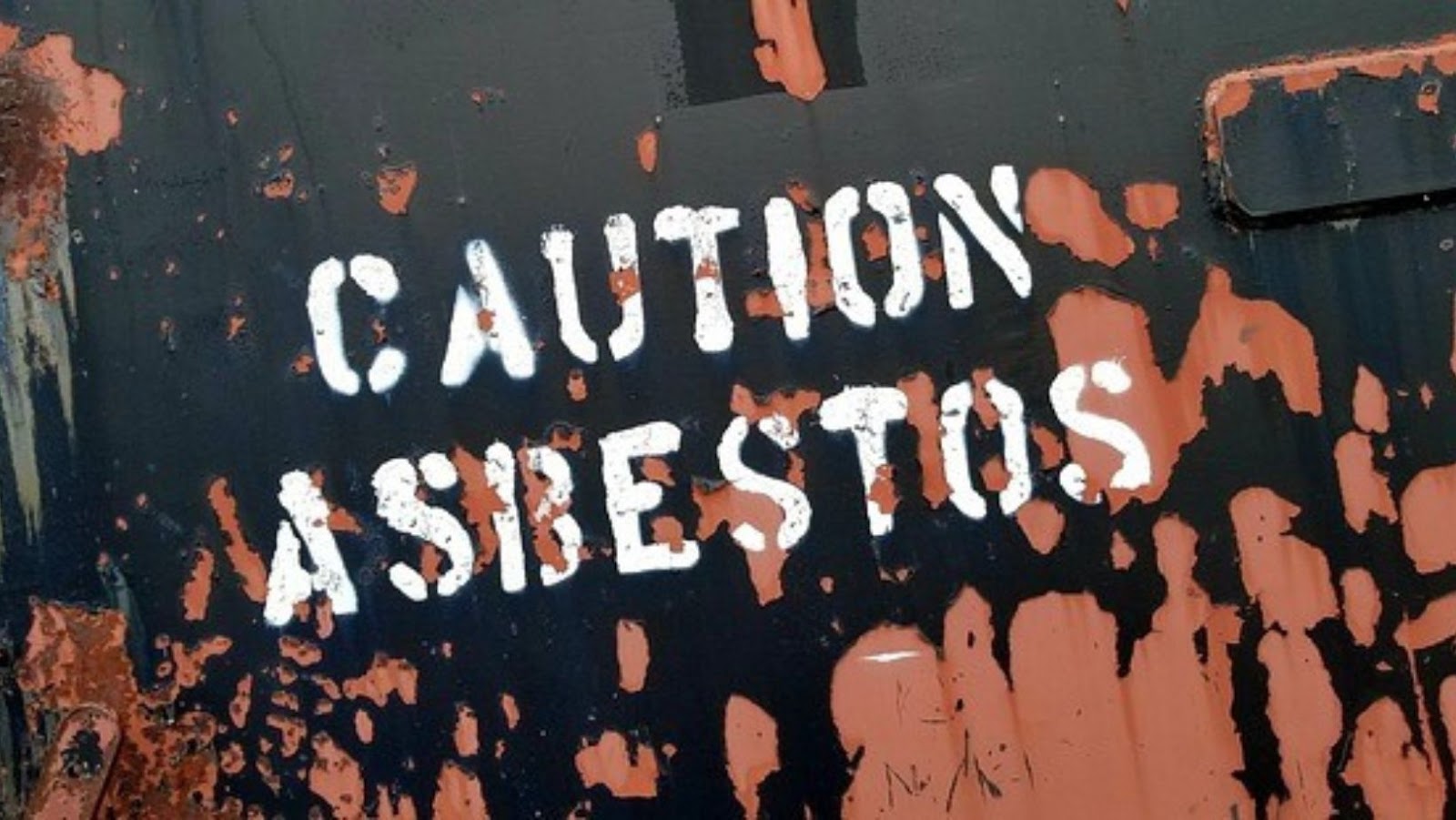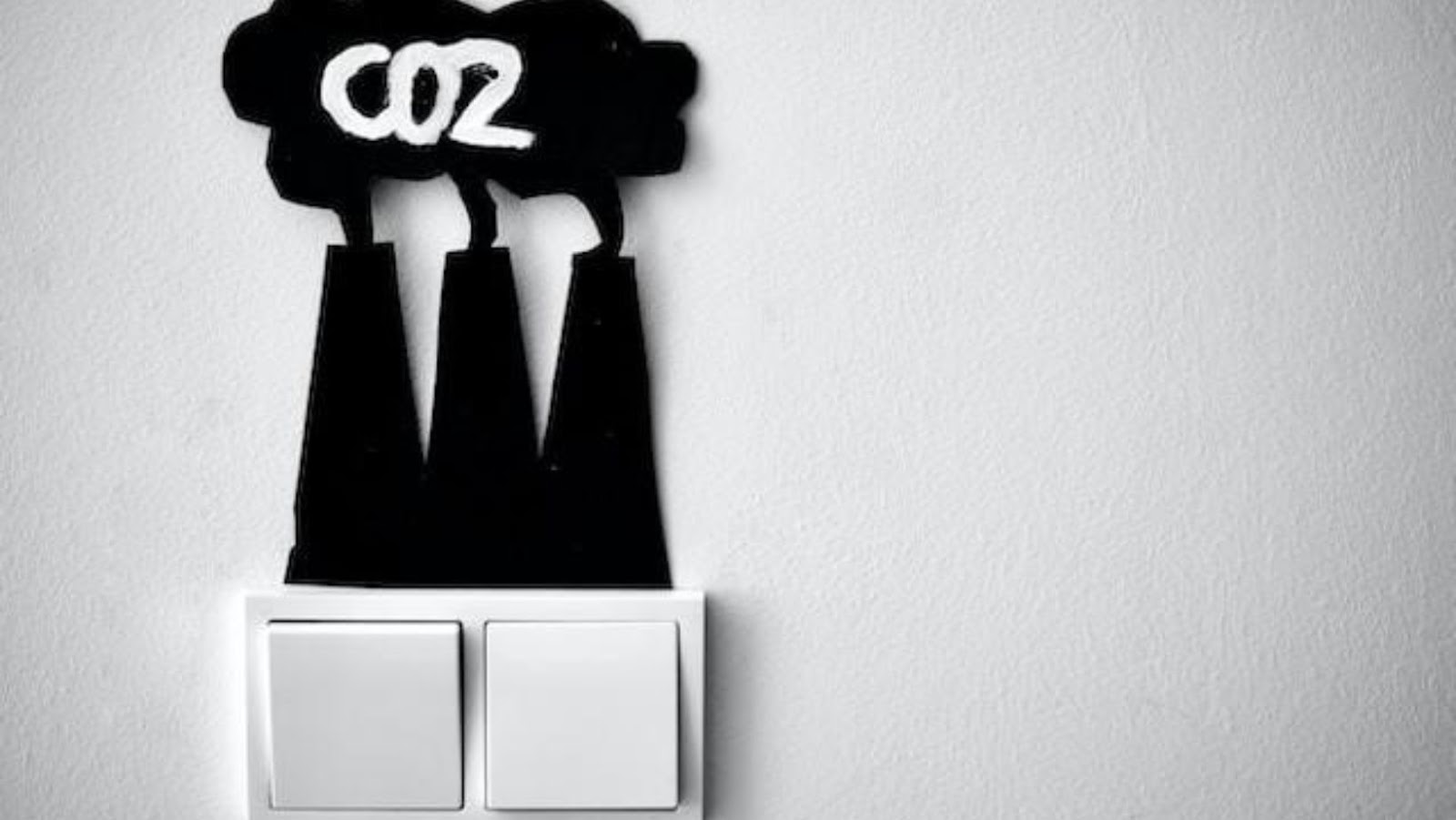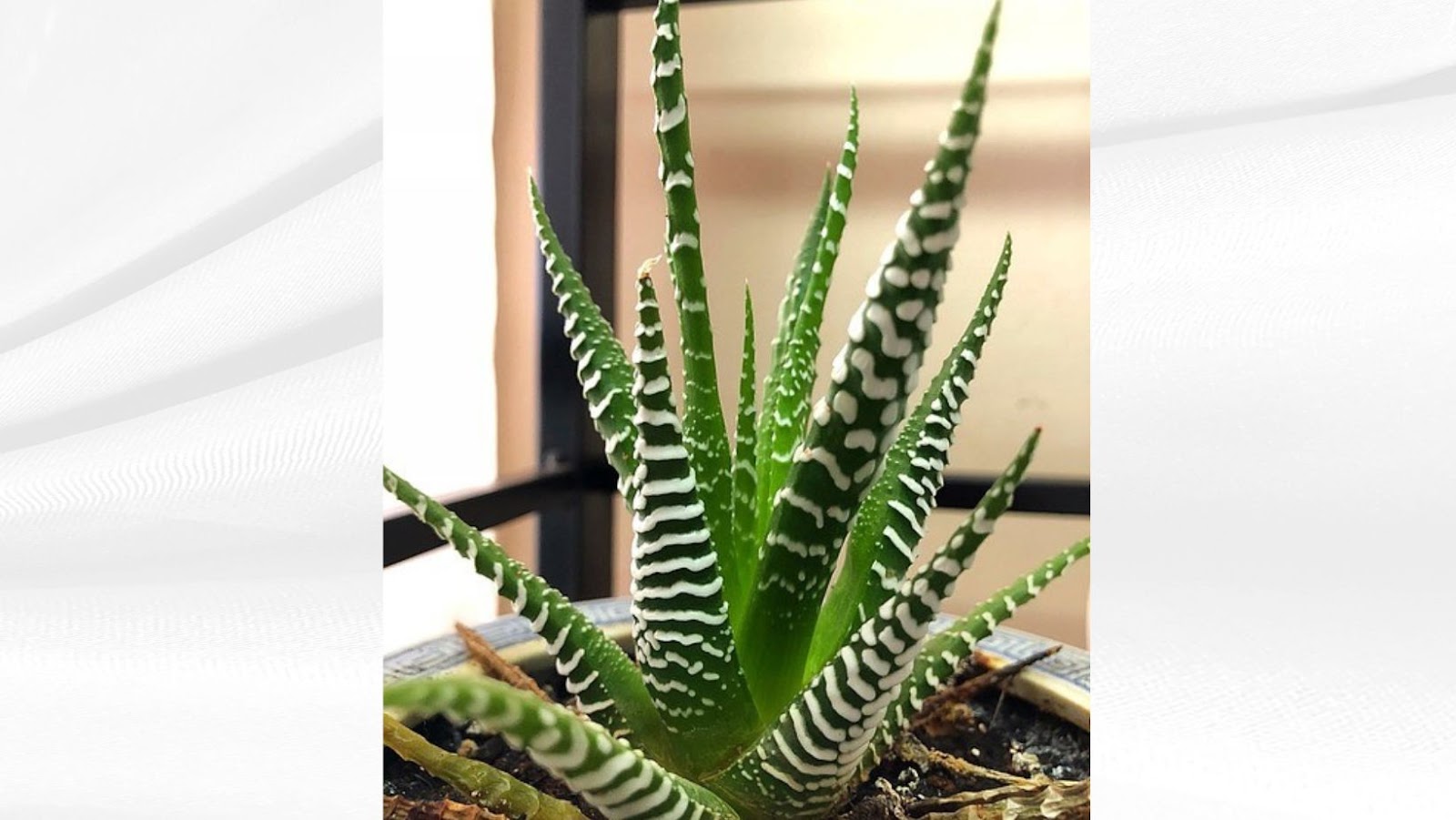
Air pollution usually springs to mind: giant industrial smokestacks, cars lined up in a jam on the interstate, or a large city inundated with toxins and pollutants.
Few people consider indoor air quality or how safe the air in their Allentown household might be, nor the fact that the pollution inside the home can be severe, often worse than what you’ll find outside.
Since most people spend the majority of their time inside, it would stand to reason there would be more details provided on these facts. Fortunately, once you become informed and enlist some preventive maintenance, improving your home’s air quality is possible.
Contact a trusted, reputable service like Air Care Online to secure a consultation. Companies like these can test your household and determine an adequate solution.
Plus, you can do things as a homeowner to make improvements. Let’s look at some common contaminants found in homes and what you can do to eliminate some of the pollutants.
What Tips Can Work To Improve The Air Quality In Your Household
Most people are focused on the air pollution outside, causing health-related issues, not considering those that might be hovering inside their Allentown home.
Not only can contaminants come inside with a pet or on your shoes, but carbon monoxide is a common threat in many households due to the escape of natural gas that doesn’t get burned off.
Lead and asbestos particles can be harmful if they become airborne in older homes, while mold and mildew are prevalent in moist areas like bathrooms and kitchens. What can you do as the homeowner to improve your household’s air quality? Let’s learn.
● The AC Filter Needs to Be Routinely Changed
The HVAC equipment constantly works to keep the home comfortable throughout the year. When operating, the system is not only working to maintain an adequate temperature but also to filter out some air contaminants.
The air filters can only hold so much until they start to clog, leading to poor air quality and wear and tear on the HVAC unless you change the filter. It should be done more frequently if you live in a high-pollutant area or are prone to allergies.
● There Are Other Filters to Consider
It would be best if you got into a habit when changing out the HVAC filter and also consider changing other filters in other systems to keep the environment clean—the appliances to pay attention to include the dryer, the vacuum, and the air vents.
The suggestion with the HVAC filter is roughly every 90 days depending on your circumstances. That would also be a good rule of thumb with these other systems.
● Pay Attention to the Air Ducts
The air duct system is responsible for moving the cold and warm air throughout the various spaces in the house so the climate remains comfortable throughout the whole area. If the ducts are poorly installed or maintenance is neglected, these can pass pollutants throughout the household.
As time goes on, without adequate care and upkeep, dander, dust, and debris will not only gather in the ductwork, but there’s the potential for mold development, further decreasing the air quality.

It is suggested that air ducts be professionally cleaned and inspected roughly every few years to ensure the air being circulated is of optimum quality. Go here for details on improving the home’s air quality.
● Use Vents When Cooking in the Kitchen
Many indoor pollutants start in the kitchen, with gas stoves responsible for producing harsh toxins like “nitrogen dioxide and carbon monoxide.” Electric burners can also create these pollutants, but to a lesser degree, along with other impurities that the bloodstream readily absorbs.
When cooking, keeping a window ajar and turning on the vents to filter the air is essential.
● Rugs and Carpets Sanitary
Carpeting and rugs trap particles, dust, debris, and allergens in the fibers in a sort of filter capacity. In the same way, you need to change out filters because they become clogged, and the carpets and rugs need to be thoroughly cleaned routinely to remove the “clogs” from all the debris.
This way, the material can continue to improve the air quality by pulling the contaminants into the fabric. The suggestion is to clean these at least once each week, more frequently, if you have pets living in the home.
● Keep the Humidity and Moist Conditions Controlled Within the Home
A moist, humid household is the ideal setup for developing mold and mildew, causing respiratory reactions for people living with asthma and allergies. Your location can determine the humidity, especially during the sweltering heat of summer.

You can control moisture and stave off mold development with the help of dehumidifiers. You’ll find different models meant to hold a consistently comfortable moisture level in your household.
● Indoor Plants Are Beneficial
Plants boast of being “nature’s air filter.” Keeping a few in the home enhances the overall air quality and provides an appealing aesthetic. The suggestion is to seek out lilies, ferns, and variations of palms to pull contaminants from the air.
These plant species tout as the better vegetation choices capable of removing toxins from the air.
Final Thought
Most people consider outdoor air pollution as the primary source of concern about health issues. Still, the suggestion is that indoor contaminants are as severe if not worse than what you’ll find outdoors.
The contaminants are often brought inside an Allentown home from a pet, on your shoes, or by other means. The priority is to become informed by having a professional test your house to find out the level, determine where the pollutants are coming from, and work toward a solution.
Preventive maintenance combined with homeowners care and upkeep is the ideal method for improving the air quality in your home, making it more comfortable for anyone suffering from respiratory issues like allergies or asthma and decreasing the likelihood of harsh toxins, mold and mildew, and other sources of household safety concerns.























